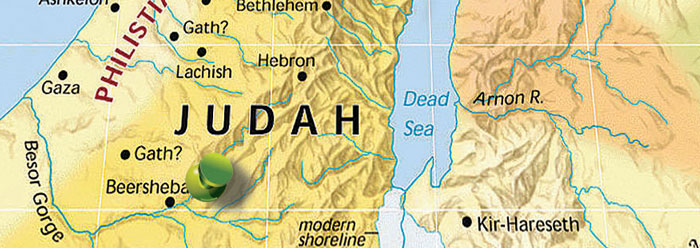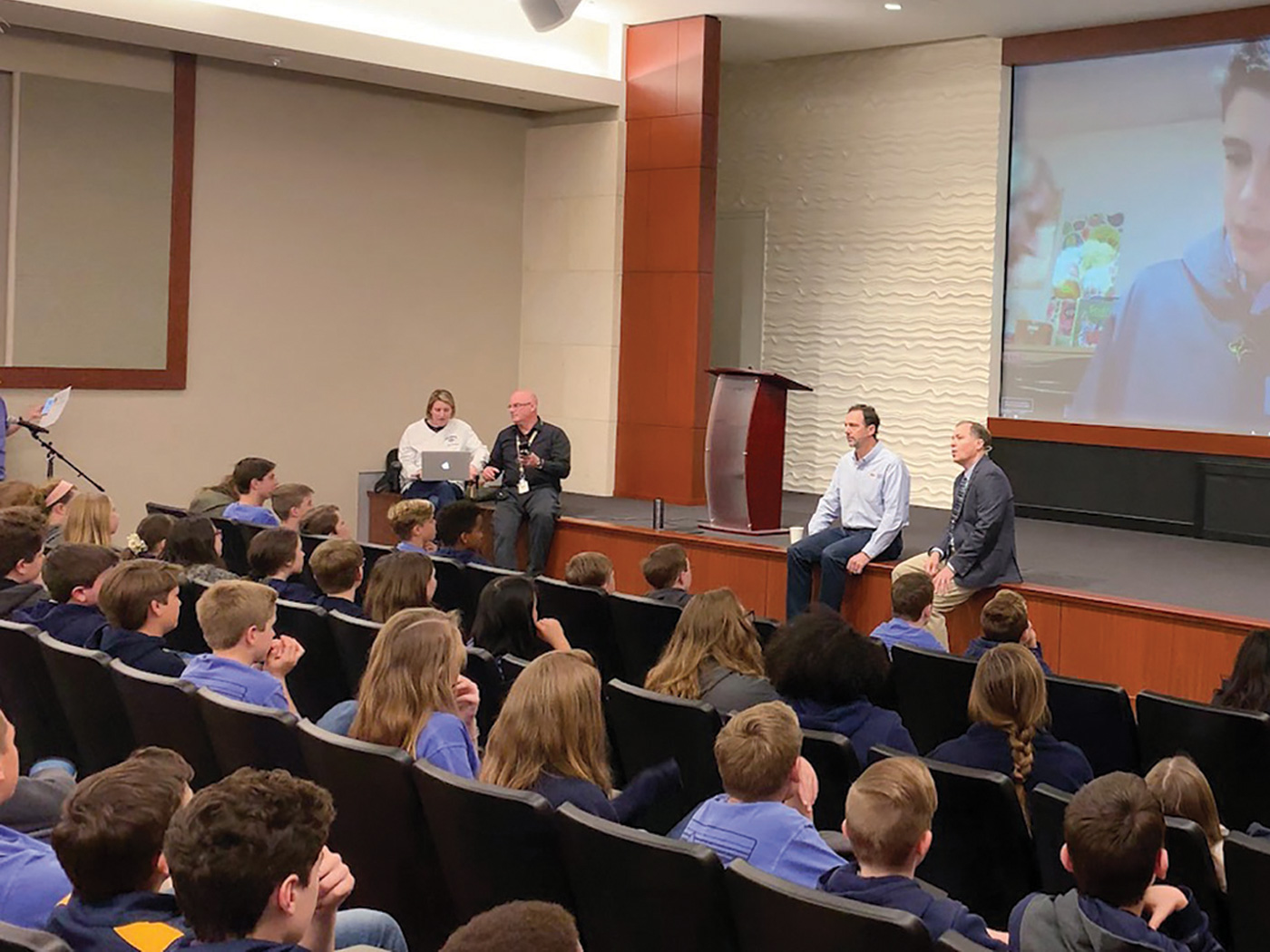Have you ever experienced the disappointment of changed plans? You carefully arrange the details, anticipate the event, and look forward to the fulfillment of your expectations. But then the long-awaited occasion doesn’t happen the way you envisioned. Circumstances get in the way. In these kinds of situations, my mother (an English major) borrowed a phrase from classic literature: “Ah, the best laid plans.”
We’ve all experienced the frustration of having our hopes dashed—and if you’ve read your Bible, you’ve probably noticed that our predecessors in the faith also experienced setbacks to their plans, dreams, and visions. Think of Joseph. He dreamed of great things, yet he ended up in a prison. David planned to build a glorious temple for his Lord, a good plan, but God said no; God chose Solomon for that task. And there’s Jonah. Dear Jonah, who went to great lengths to avoid God’s command. Jonah planned to not be in Nineveh, and we all know how that turned out. Paul often mentioned his desire to visit fellow believers in other lands, but some of those wishes never came to pass. None of us can escape the uncertainties of life. We all face the possible disruption of our best laid plans.
In our feature article, “Casting the Vision,” ICR editor Michael Stamp shares the stories of three ICR scientists and leaders. We see how paleobiochemist Dr. Brian Thomas, founder Dr. Henry M. Morris, and President and Chief Operating Officer Dr. Randy Guliuzza had visions for the future. They had strategies to get to their final goals, but they each encountered changes to their plans and discovered that God had a better blueprint for their lives.
As other ICR scientists have found in their journeys along the way to ICR, “God’s hand has been in all their circumstances, sovereignly putting each piece in place.”. If physicist Dr. Jake Hebert had gone another direction in his scientific endeavors, would we have his insights about ice core sample problems and climate change discrepancies? We wouldn’t have the valuable research on Flood sedimentary layers had geologist Dr. Tim Clarey remained in the oil industry. If geneticist Dr. Jeff Tomkins were still a faculty member in the Department of Genetics and Biochemistry at Clemson University, we might not see the inaccuracies in secular human-chimp DNA comparisons. And since leaving his position as Radiation Physicist at Fermi National Accelerator Laboratory, nuclear physicist Dr. Vernon Cupps has provided invaluable information about the problems with radiometric dating.
Plans change, and aren’t you glad? We can be sure that when God changes our plans, He has a better one. We can have confidence that He is in control and every detail of His design for us is carefully orchestrated to His specifications. Through the disruption of our original ambitions, someone is helped, we learn something new, our character is transformed, or maybe we experience unexpected blessing. And through it all, God gets the glory in unforeseen ways. When God intervenes in our lives, we can be certain that even if we don’t understand the timing, the how, or the why, He really does intend for us to experience His best laid plans.
* Jayme Durant is Director of Communications at the Institute for Creation Research.
















